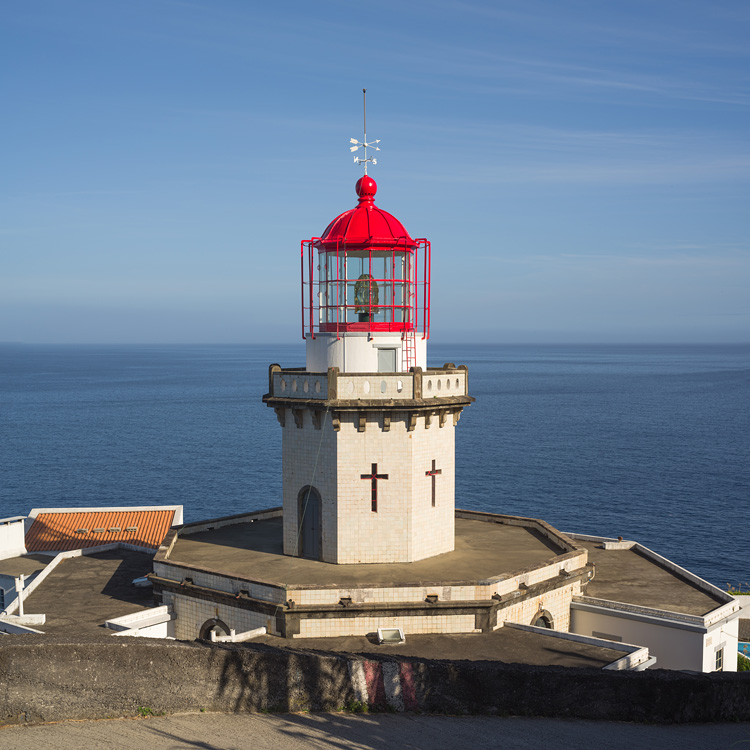
Everybody is familiar with the Azores from the weather forecast and their association with high pressure areas promising fine weather. Wrong! Prepare for warm temperatures good enough to grow bananas but also for rain. Lots of it, if you are unlucky. Better plan some buffer days between island transfers! The islands are all of volcanic origin and littered with craters, calderas, and cinder cones. Volcanic eruptions, however, are rare.
São Miguel
It's the biggest of the Azores with the capital Ponta Delgada, the airport of which also serves as the main link to the outer world. Three calderas are reason enough for a visit. From west to east, these are Cete Cidades near Ponta Delgada, Fogo, and Furnas, in the latter of which various volcanic attractions such as fumaroles and hot springs teach yo a lesson about active volcanism.
Pico
Much smaller than São Miguel, Pico wears the crown of the highest mountain of not only the Azores but of Portugal. The volcano Pico sticks out with 2153 m and is a good reason for a visit if not for the limits set for an ascent. The limited allowed number of daily visitors must pay an entry fee after having booked a time slot way in advance via internet. Sure, the overwhelming number of visitors had to be limited, since the ascend is not a walk in the park, but the booking system is also a lottery - who knows the weather on the day of ascend?
HOME